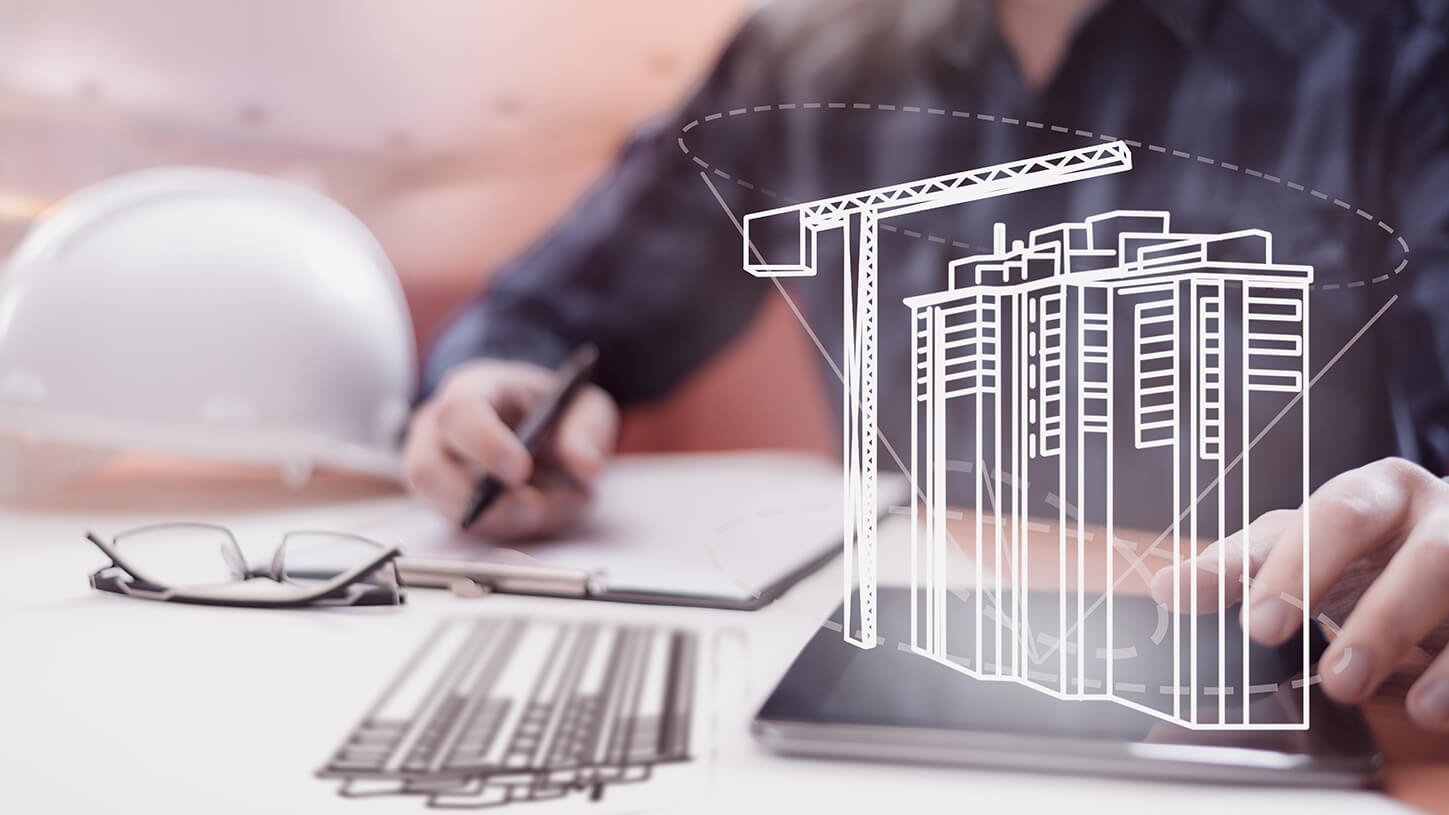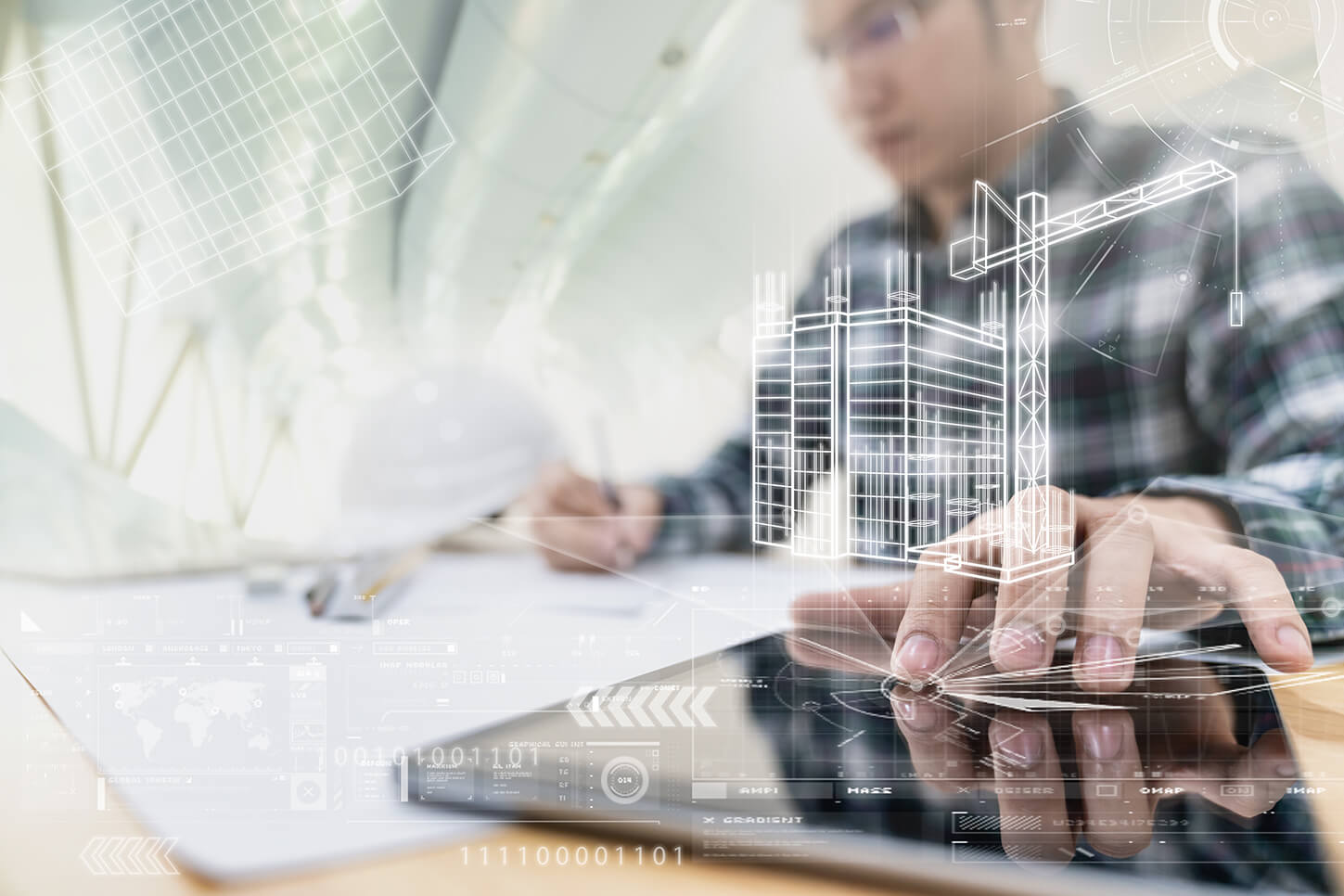
Let us make it clear: we do not have a Planet ‘B’. We need to be more sensible with resources and opt for solutions that reduce CO2 emissions into the atmosphere. These assumptions are perfectly compatible with technological development. After all, something like building automation not only yields considerable savings, but also benefits the environment.
75 per cent. This is how much electricity was used at the beginning of 2018 from “stocks” that were supposed to last another 12 years, that is, until 2030. This data comes from the International Energy Agency (IEA)..
The demand for energy is constantly on the increase as the planet is becoming more populated and civilised. Year after year, new devices and systems are emerging that are not always monitored in terms of consumption. In addition, not all technology is used wisely. This problem is being noticed by the major brands and companies that focus on innovation. They are trying to develop solutions that will increase the efficiency of energy consumption, and at the same time reduce CO2 emissions.

This approach is encouraged by international institutions. One of them is the EU, which has introduced the Energy Performance of Buildings Directive (EPBD). Its objectives are very clear: to improve the energy efficiency of buildings in terms of design, installation and management of heating, lighting, cooling, ventilation and other areas.
Smart automation, coupled with comprehensive building refurbishment, is a reliable way to reduce environmental waste and costs.
That’s what researchers at UC Berkeley say, and they’re talking about tangible figures: if the energy consumption generated by buildings is halved by 2050, the amount of carbon dioxide produced will fall by up to 80%.
A significant role will be played by:

Let’s focus on the last point. Modern building software optimises energy management, promotes living and working comfort and contributes to a reduced carbon footprint. Importantly, such technologies allow you to keep tabs on energy management and functionality in real time. This includes lighting, heating, air conditioning and other minor systems.
At APA, we have been developing such solutions for years, by extending our offer of BMS, i.e. intelligent building management system (for business customers) and smart home (for individual customers).
There is every indication that the aforementioned trend will continue to grow. According to the International Data Corporation (IDC) “Worldwide Quarterly Smart Home Device Tracker” report, the global smart home devices market grew 10.3% year-on-year. in the third quarter of 2021. And data from Grand View Research shows that the global BMS market will grow at an average annual rate of more than 6%, surpassing $7.6 billion by 2025.

Building automation technologies (BAT) and building management systems (BMS) yield substantial savings and also contribute to a cleaner environment. We are talking about considerable values, as it is estimated that the building industry is accountable for approximately 40% of final energy use..
In the most optimistic scenario, savings will amount to 22% of total energy consumption in buildings by 2028. This gives us food for thought.